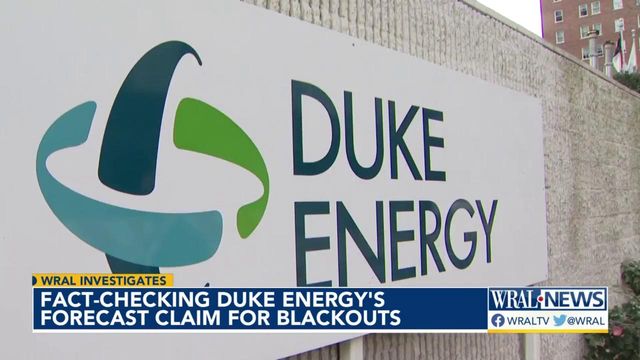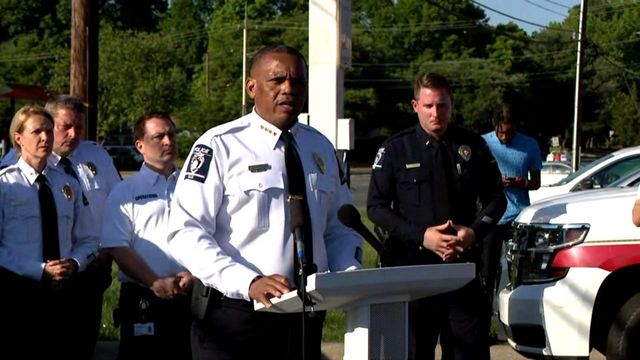Was Duke Energy's forecasting accurate? Questions remain after Christmas Eve blackouts
Questions remain following Duke Energy executives' presentation this week to state regulators about the Christmas Eve power outages that affected hundreds of thousands of people in North Carolina.
One area under review is the company's weather and power-demand forecasts, and how it responded when the weather forecast changed.
In a briefing to the North Carolina Utilities Commission on Tuesday, Duke Energy said the blackouts were needed to stabilize the grid when demand for power exceeded supply. Duke said its demand the morning of Dec. 24 exceeded its forecast by about 10%.
Energy demand is heavily tied to weather conditions. When temperatures go up, people crank their air conditioning. Ditto for the heat with temps drop. Energy companies factor all that into predicting how much energy they'll need to power people's homes.
Duke Energy North Carolina President Kendal Bowman said Tuesday that her company uses three forecasting models. Each includes the National Weather Service forecast.
Duke Vice President Sam Holeman told regulators that as of Dec. 19, its forecasts were in line with NWS for the Triangle and eastern North Carolina.
“In DEP, we were predicting a temperature of 20 degrees across the peak on [Dec. 24], and the National Weather Service was predicting 21,” Holeman said.
Over the next few days around Christmas time, the forecast changed.
By the day before the blackouts, the NWS was predicting a low of 11 degrees on Christmas Eve morning in Raleigh and 13 degrees in Fayetteville. It was quite a bit lower than the earlier forecast. The actual low on Dec. 24, 2022, at RDU was just 10 degrees. Plus, wind chills were predicted below 0 degrees throughout the area, increasing demand even more.
Duke Energy spokesperson Jeff Brooks said the company updated its forecasting models throughout the week, and its final forecast for Christmas Eve morning was just a degree or two off NWS and the actual low. The problem was higher-than-expected demand. He said they're looking into whether wind chill could have played a role in that.
Duke Vice President Nelson Peeler told regulators each degree the temperature falls in the winter increases demand by 200 to 300 megawatts. However, he insisted a more accurate forecast wouldn’t have prevented the need for the rolling blackouts because the utility needed to buy extra power from the grid Christmas Eve morning, and it just wasn't there to buy.
“A perfect forecast a week ahead would certainly have been helpful to prepare, but the fact of the matter is that there was a limited energy available at those levels,” Peeler said. “We could have prepared better, we could have communicated better, but to say it would've eliminated the event would be … a stretch.”
The extreme cold also cost Duke Energy on the generation side.
The utility told regulators it lost nearly 1.4 gigawatts of power generation capacity because of malfunctions due to the cold weather.
That's despite telling state regulators over the summer it had completed weatherproofing upgrades to its facilities.












